>>
>>
>>
>>
>>
Identify appropriate development policies
For many years, Mu Cang Chai district has always identified the disadvantages and difficulties that hinder the district's development from many sides. Mr. Luong Van Thu - Head of the district's Department of Agriculture and Environment shared: "When developing the commodity economy, the district faces many difficulties from terrain, climate, infrastructure to the cultivation level of the people. Therefore, we always strive to advise the district to develop suitable economic models, actively guide people to change crop structure, apply technical advances to production and accompany people anytime, anywhere in the production process".
In 2021, Mu Cang Chai district issued two projects on developing fruit trees and medicinal areas to orient and support people in developing medicinal plants and seedless crispy persimmons and roasted pears to avoid the impacts of the local harsh climate, creating suitable, valuable and unique products.
In addition, the district has also supported people to develop existing typical products by expanding the area, improving the quality and connecting consumption to suit the market mechanism. Up to now, the whole district has formed and developed over 320 hectares of fruit trees, with an output of 450 tons.
Of which, there are over 200 hectares of specialized cultivation areas; 2,350 hectares of medicinal plants, with an output of over 2,000 tons; rose growing areas of up to 82 hectares; clean vegetable growing areas of about 30 hectares; sticky rice production areas of 400 hectares; Seng cu rice production areas of about 250 hectares; 5 cold-water fish farming models...
Promoting tourism development is also a policy that has been affirmed to be correct when exploiting the potential and strengths of natural landscapes, culture, and people, bringing in revenue of over 388 billion VND, attracting 370,000 people in 2024. This result is achieved by clearly identifying 5 breakthroughs, 32 tasks, 16 clear targets in the Project to build a tourist district to actively promote, raise awareness of tourism development, pay attention to investing in infrastructure, create favorable conditions to attract investors, increase introduction and promotion...
In addition, the district also supports households providing homestay services with interest-free loans; supports vocational training in service and tourism; and has a mechanism to support people in restoring and developing some traditional occupations and products of historical value of the Mong people.
From 2021 to 2024, the district has mobilized over 1,083 billion VND to invest in the Project, of which 65.3 billion VND is from socialized sources. Infrastructure and tourism products have gradually been clearly formed, with quality and professionalization significantly improved.
Tourism has actually created income and jobs directly for accommodation establishments and many local workers participating in the tourism ecosystem such as: businesses, retail goods, motorbike taxis, porters, local tour guides... The average spending power of tourists increased from 570,000 VND/person/year 2021 to 1,050,000 VND/person/year 2024.
Pay more attention and support to poor households
After being supported to participate in the roasted pear chain, Mr. Mua A Tru's family in Na Hang Tua Chu village, Pung Luong commune, had a new livelihood and changed the self-sufficient mindset that had been deeply rooted for many years.
Mr. Tru shared: "I was supported with seedlings, guided on all technical advances; technical staff regularly checked and advised on scientific and technical measures for planting, caring for, managing and protecting pear acreage according to each growth stage; and signed a memorandum of understanding on product consumption. The pear trees are growing quite well and are expected to start harvesting next year. Soon, I can earn tens of millions of dong from pears each year."
The family of Mr. Giang A Rua in Che Tao village, Che Tao commune shared: "Recently, with the State's support of 60 million VND along with the money the family has saved, my family has built a solid, safe house, and is confident of escaping poverty this year."
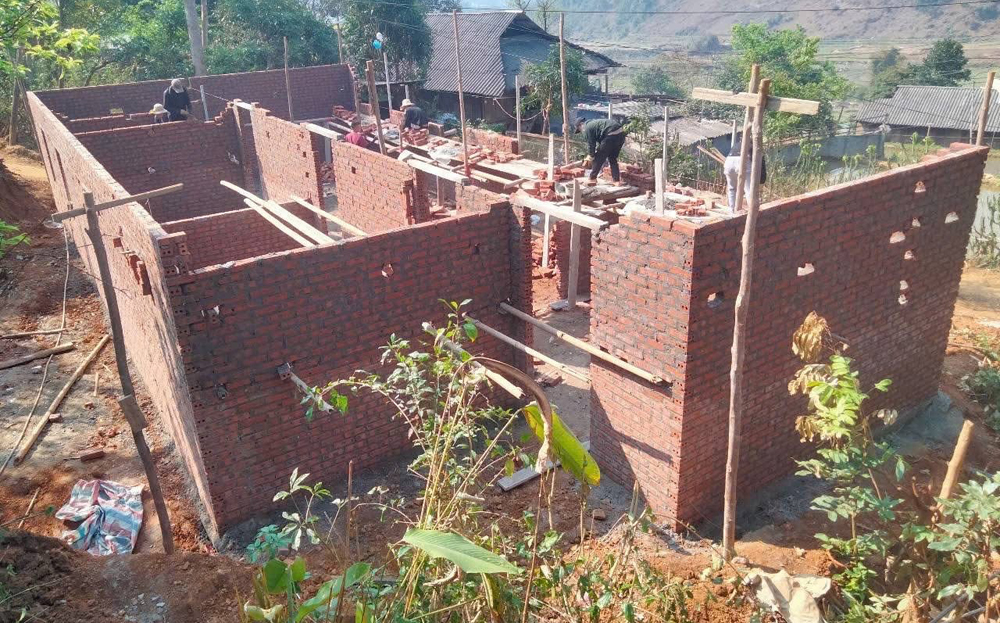
From 2023 to present, over 1,000 houses in Mu Cang Chai district have been newly built and repaired, creating conditions for people to escape poverty.
In Mu Cang Chai, poor households, near-poor households, and newly escaped poverty households are all cared for and given favorable conditions to access policies. From 2021 to 2024, Mu Cang Chai district has paid policies for poor and near-poor households, including: 442.2 billion VND for 347,941 students with lunch, study expenses, tuition compensation, boarding and semi-boarding student policies; health insurance cards for 255,648 people with a total cost of 240.6 billion VND; preferential loans for 4,250 poor households with an amount of 246.3 billion VND, preferential loans for 1,188 near-poor households with an amount of 64.4 billion VND, preferential loans for 679 newly escaped poverty households... contributing to improving the quality of life and motivating people to develop the economy.
The district also always determines to deploy and organize the implementation of national target programs (NTPs), especially the NTP for sustainable poverty reduction, to support people in poverty reduction. From 2021 to 2024, with a capital of VND 1,093.1 billion from the NTP for sustainable poverty reduction, the district has invested in, maintained, and repaired 104 traffic, education, irrigation, and clean water works, etc.; supported 482 poor and near-poor households in building houses; supported livelihood diversification, developed poverty reduction models; improved nutrition, developed vocational education, created jobs, etc.
Self-reliance, self-reliance with the desire to rise up
Timely and practical support from the State and society will help to initially resolve difficulties for the poor, but how to gradually change people's awareness, eliminate the mentality of waiting and relying on others, so that they can rise up in life is also very important. Therefore, every year, this work is actively implemented by Mu Cang Chai district with rich and diverse content and forms with the motto "both giving fishing rods and showing how to catch fish" so that disadvantaged people can stand on their own two feet.
Mr. Thao A Phenh - Chairman of Nam Khat Commune People's Committee said: "The commune focuses on propaganda and mobilizing poor households to change their awareness, so that they clearly see that poverty is a disadvantage that requires efforts to strive to escape poverty, not a "title" to maintain and preserve. Along with the State's support policies, this propaganda method has helped Nam Khat complete the poverty reduction criteria with a multidimensional poverty rate of 11.14%, the commune is recognized as meeting new rural standards".
Cadres and party members in communes and towns are also assigned to monitor, guide, urge and help each poor household. Based on a firm grasp of the circumstances and causes of poverty, localities have identified the poor accurately and specifically, without missing any, ensuring fairness in access to social services; at the same time, vocational training, training, and technical support and advice are organized to help poor households know how to create a livelihood.
In the process of implementing poverty reduction, cadres and party members have also actively promoted the pioneering and exemplary spirit in all activities and movements, notably: cadres and party members taking the lead in economic development, leaders of the Pioneer Youth Union...
They not only dare to experiment with new economic models, speak first, act first, but are also willing to share their accumulated experiences and knowledge, creating trust and motivation for their compatriots to learn and follow. In addition, emulation and reward work is also focused on. Many typical faces, many movements, new models, good and effective ways of doing things are widely publicized, and praised by Party committees and authorities at all levels, contributing to eliminating the mentality of waiting and relying on state subsidies.
Looking back on the past journey, it is clear to see how strongly Mu Cang Chai has grown. The average income per capita in Mu Cang Chai reached nearly 35 million VND/person/year, an increase of nearly 15 million VND compared to the beginning of the term. On average, each year, the district reduces 9.45% of poor households; in 2024 alone, the poverty reduction rate was 10.03%, down to 28.42% according to the new multidimensional poverty standard, equivalent to 3,868 poor households and is the leading locality in the province in terms of poverty reduction rate. Mu Cang Chai's goal of basically no longer being a poor district by 2025, and no longer being a poor district by 2030 will certainly come true.
Hoai Anh
Source: https://baoyenbai.com.vn/215/348525/Hanh-trinh-vuon-minh-cua-huyen-ngheo.aspx

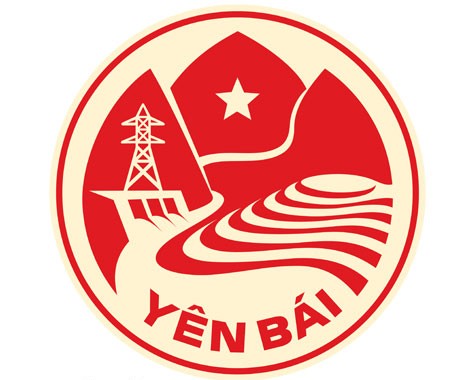

![[Photo] The two Prime Ministers witnessed the signing ceremony of cooperation documents between Vietnam and Ethiopia.](https://vstatic.vietnam.vn/vietnam/resource/IMAGE/2025/4/15/16e350289aec4a6ea74b93ee396ada21)
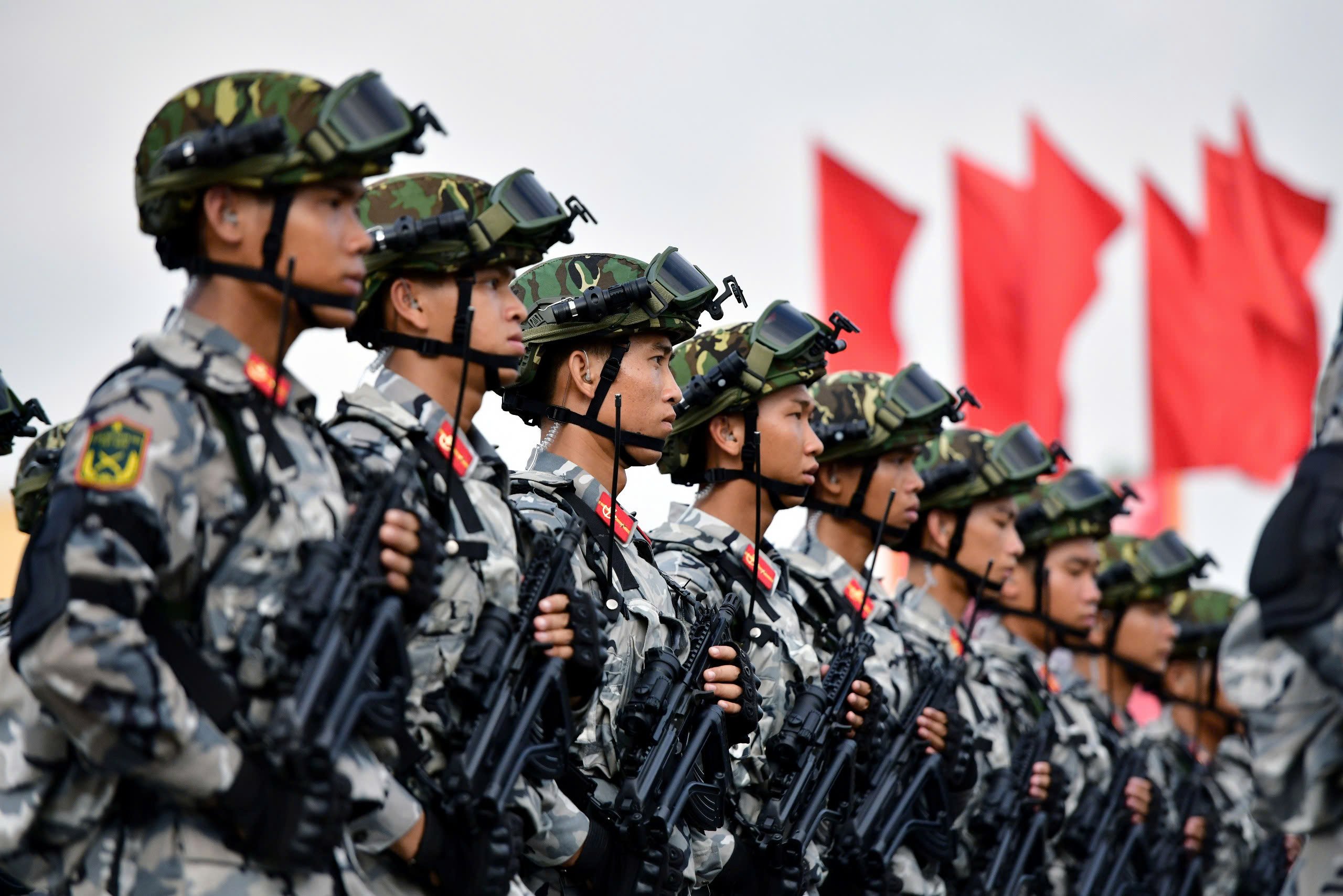
![[Photo] Prime Minister Pham Minh Chinh holds talks with Ethiopian Prime Minister Abiy Ahmed Ali](https://vstatic.vietnam.vn/vietnam/resource/IMAGE/2025/4/15/4f7ba52301694c32aac39eab11cf70a4)
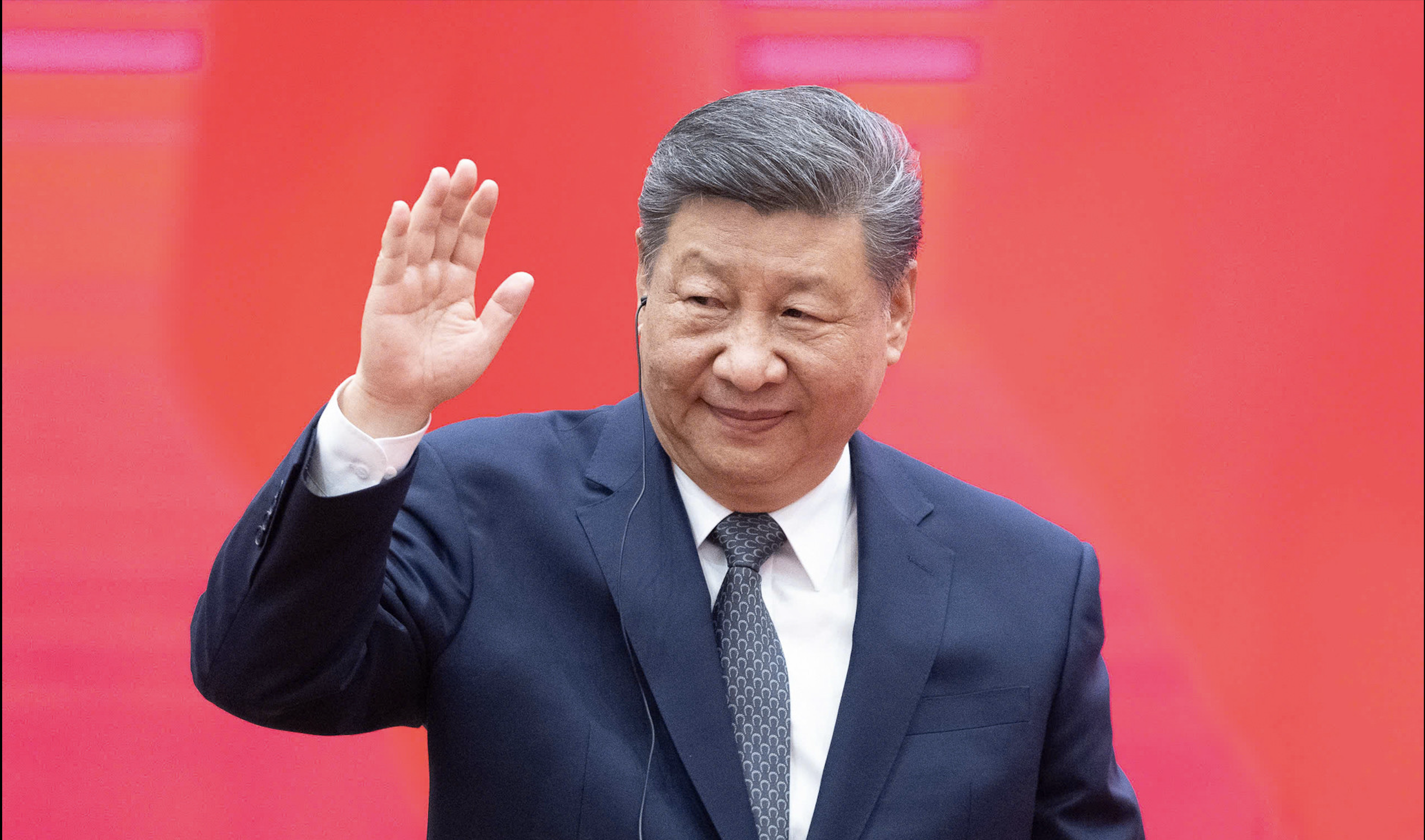

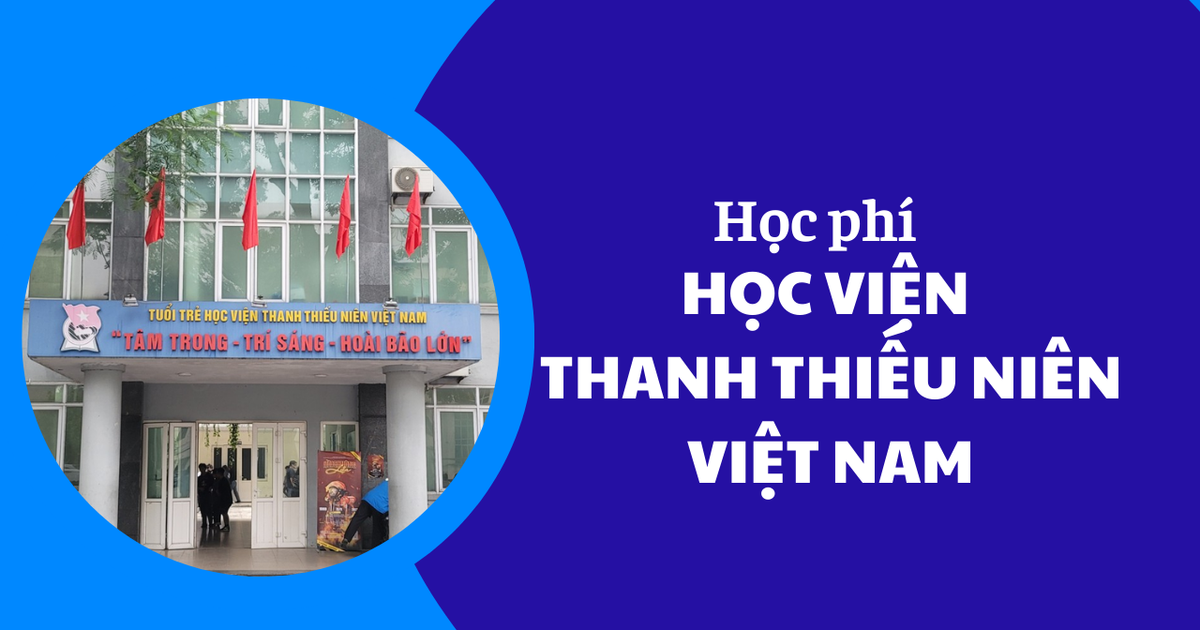
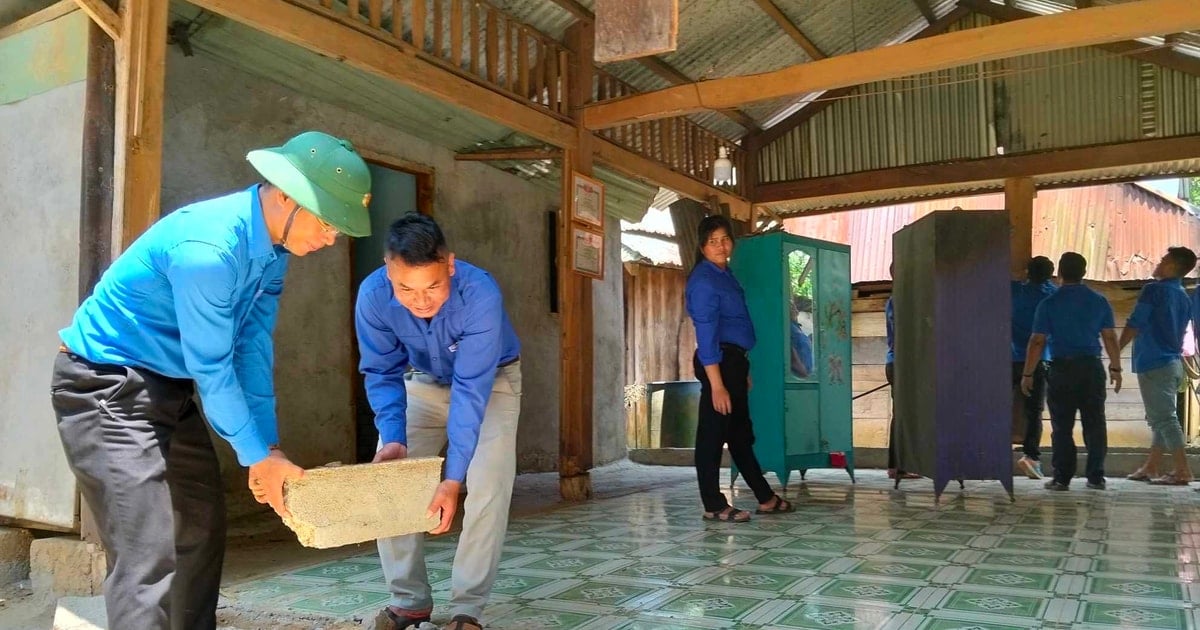
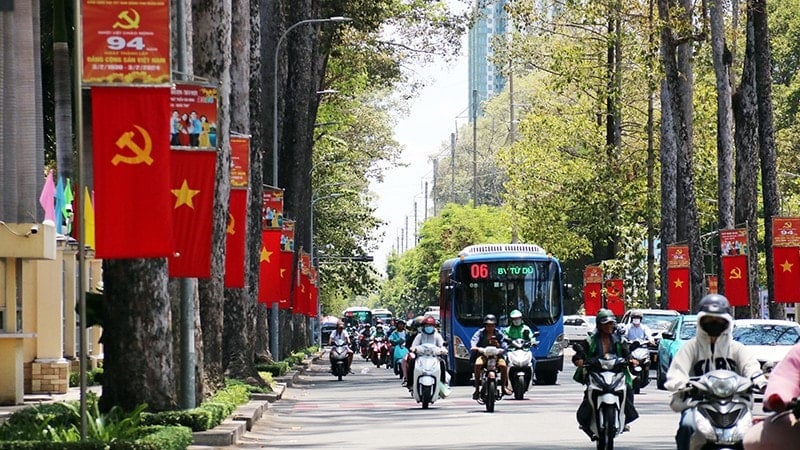
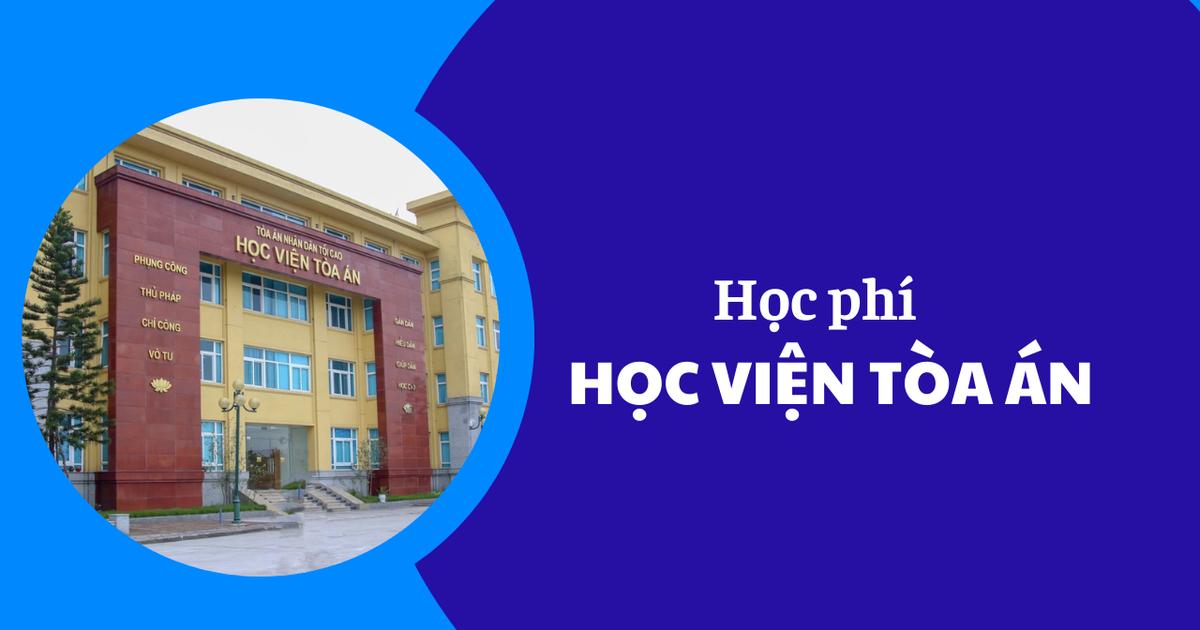

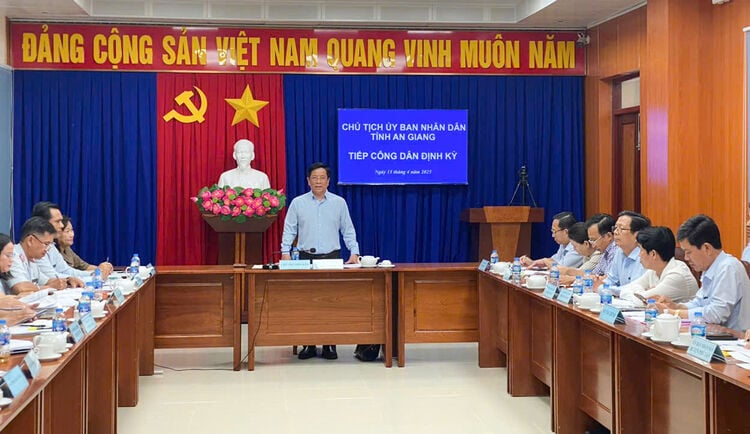



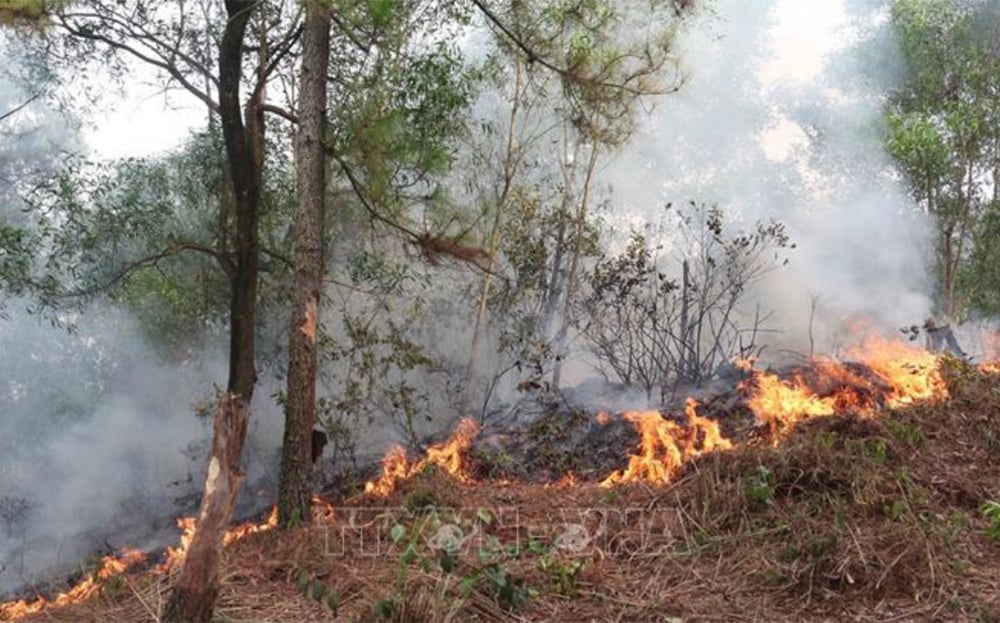

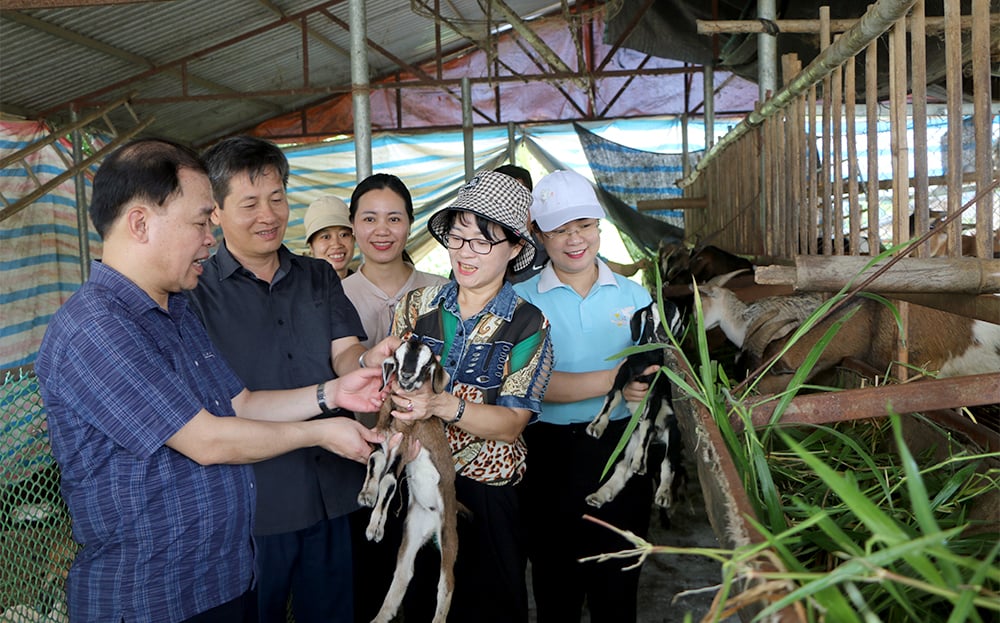
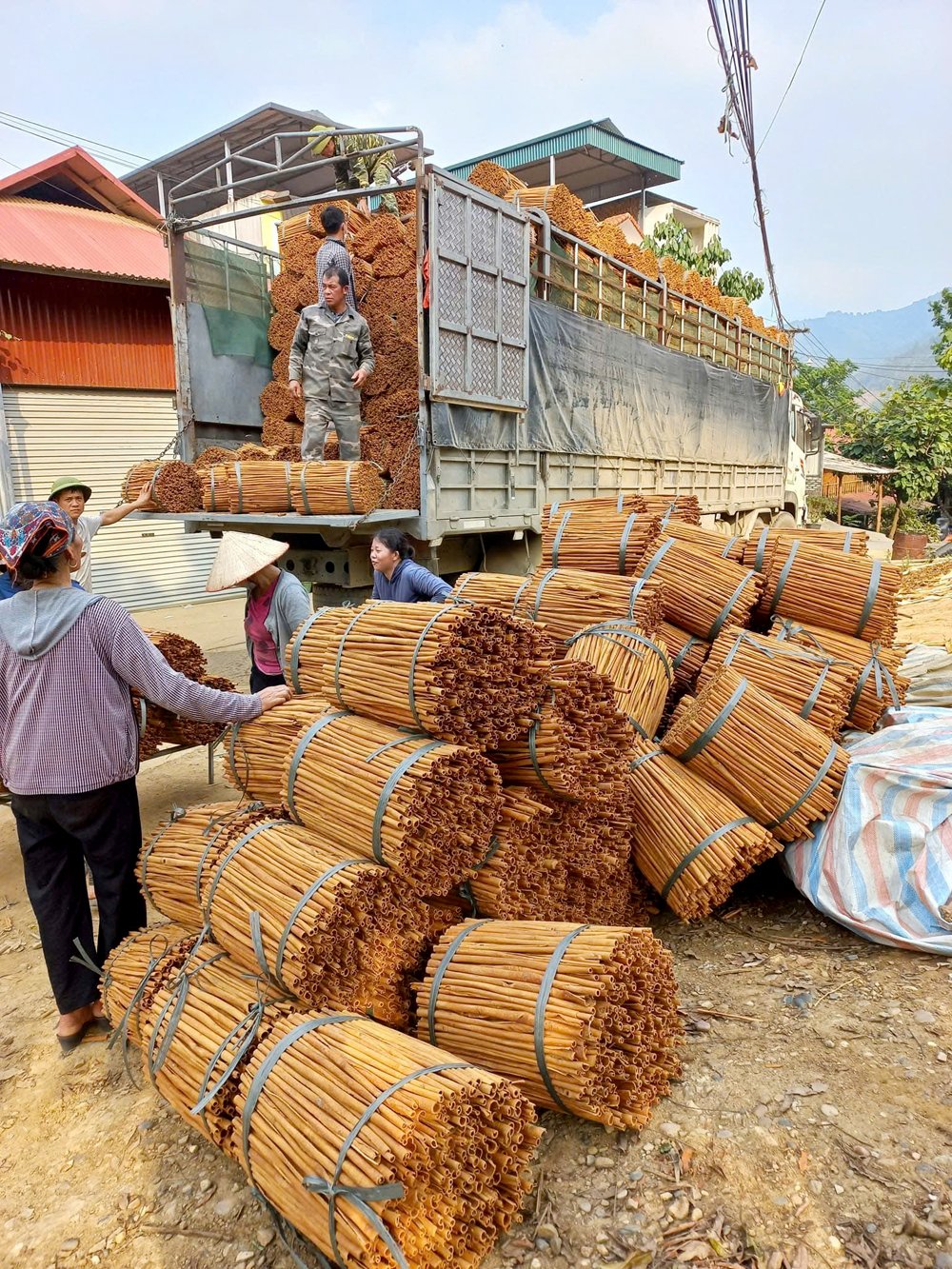

![[Photo] National Assembly Chairman Tran Thanh Man attends the summary of the organization of the Conference of the Executive Committee of the Francophone Parliamentary Union](https://vstatic.vietnam.vn/vietnam/resource/IMAGE/2025/4/15/fe022fef73d0431ab6cfc1570af598ac)
![[Photo] General Secretary To Lam receives Ethiopian Prime Minister Abiy Ahmed Ali](https://vstatic.vietnam.vn/vietnam/resource/IMAGE/2025/4/15/086fa862ad6d4c8ca337d57208555715)
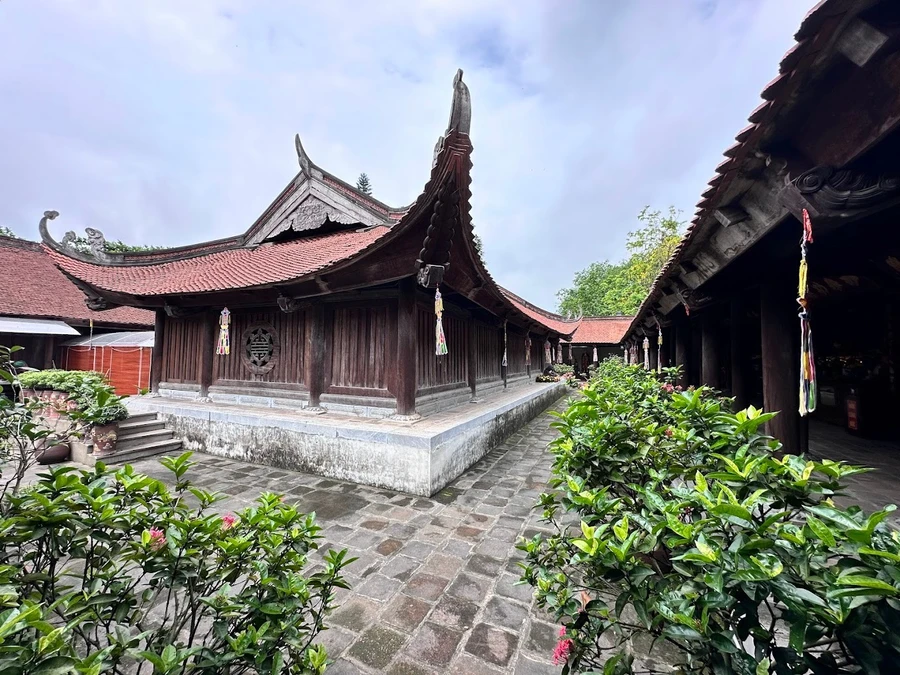










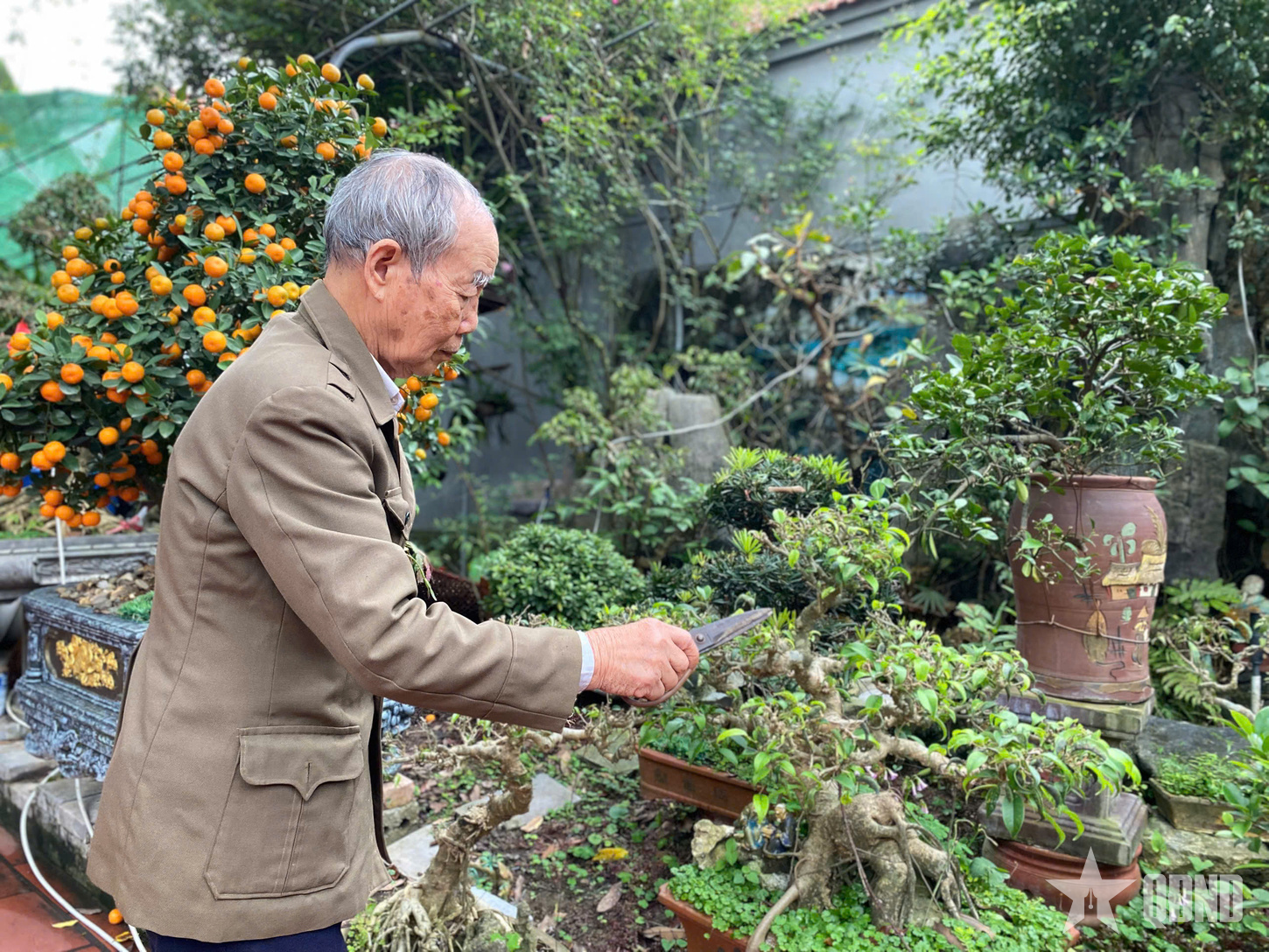



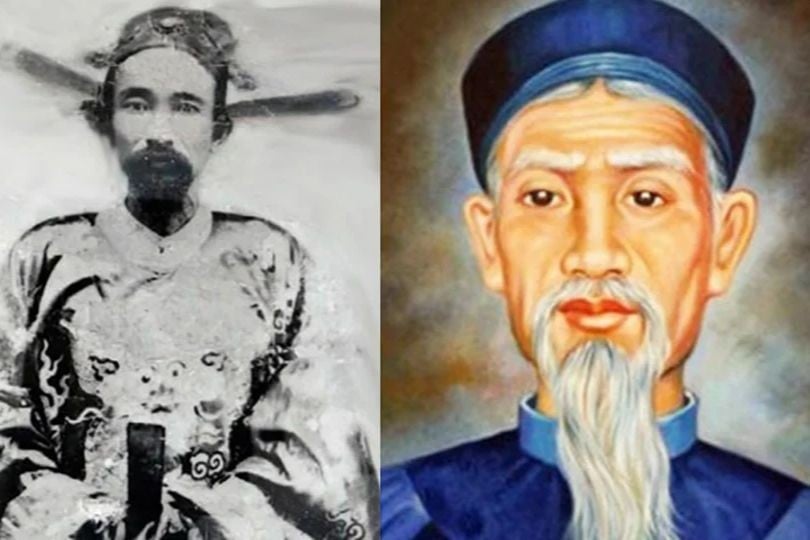

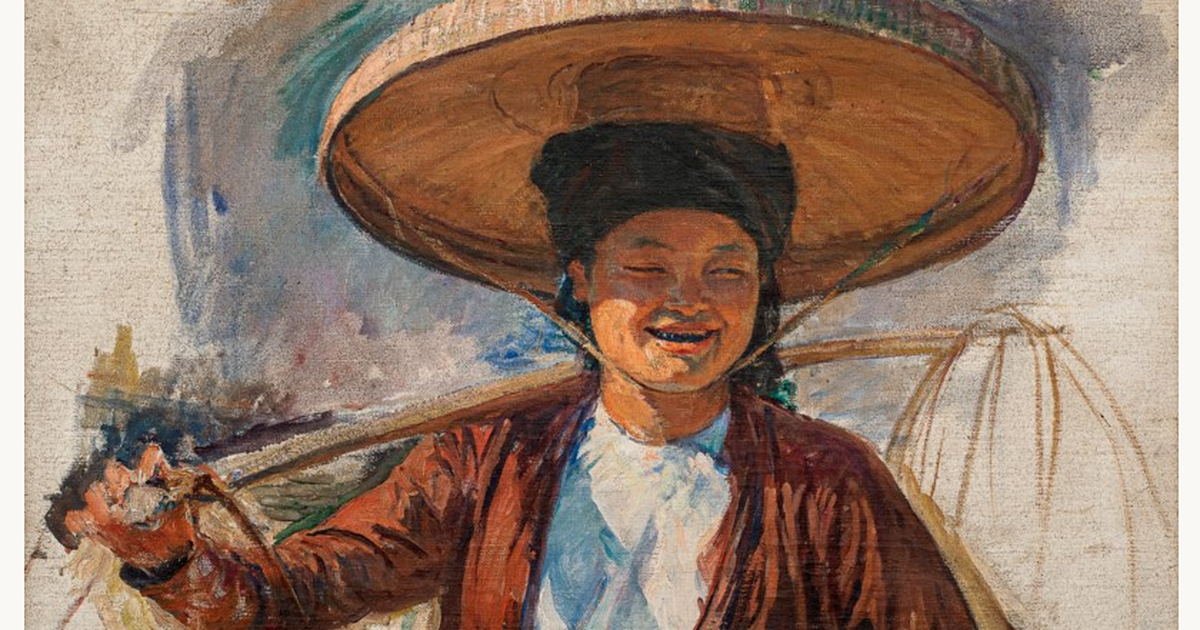


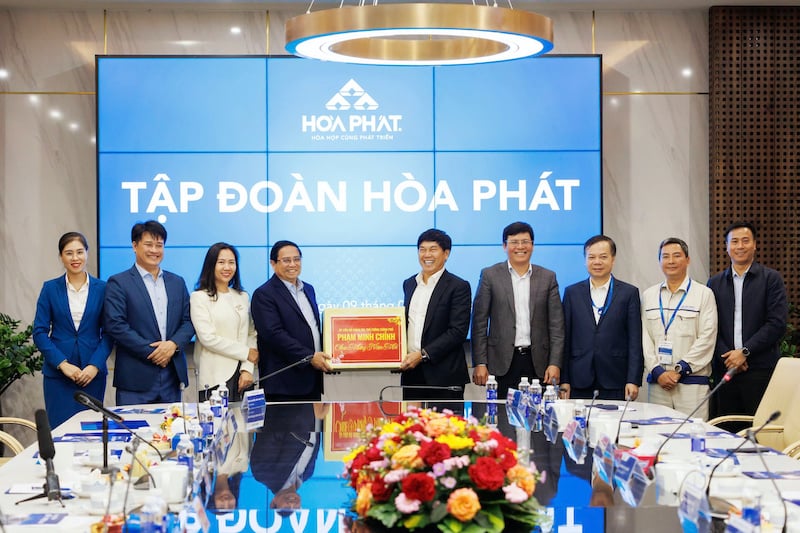





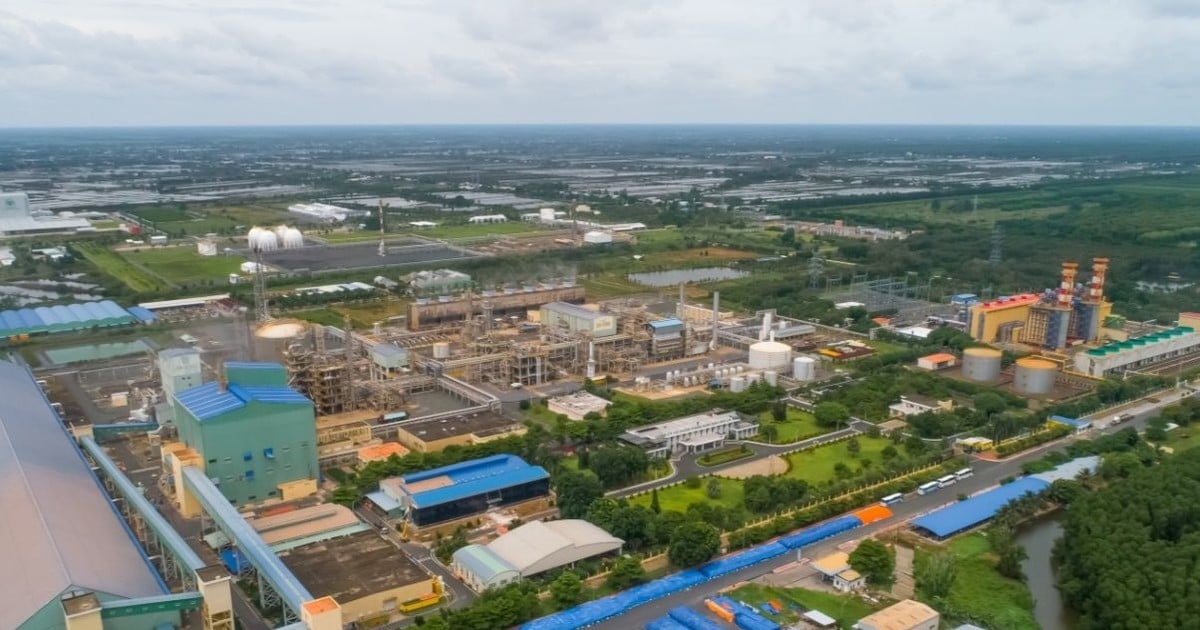
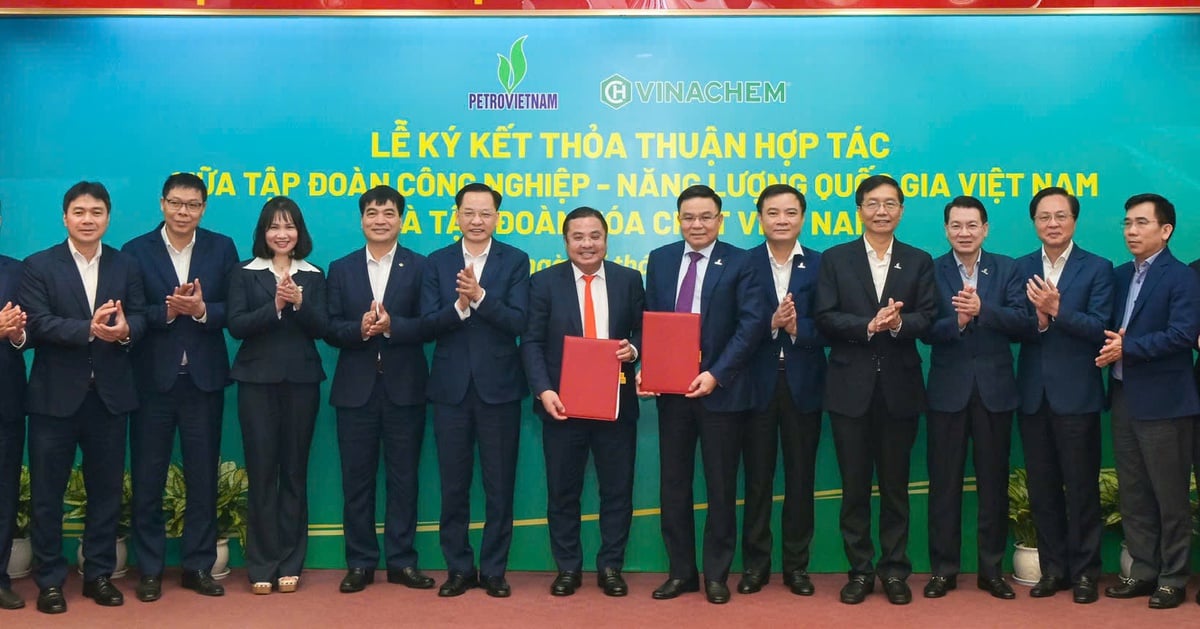





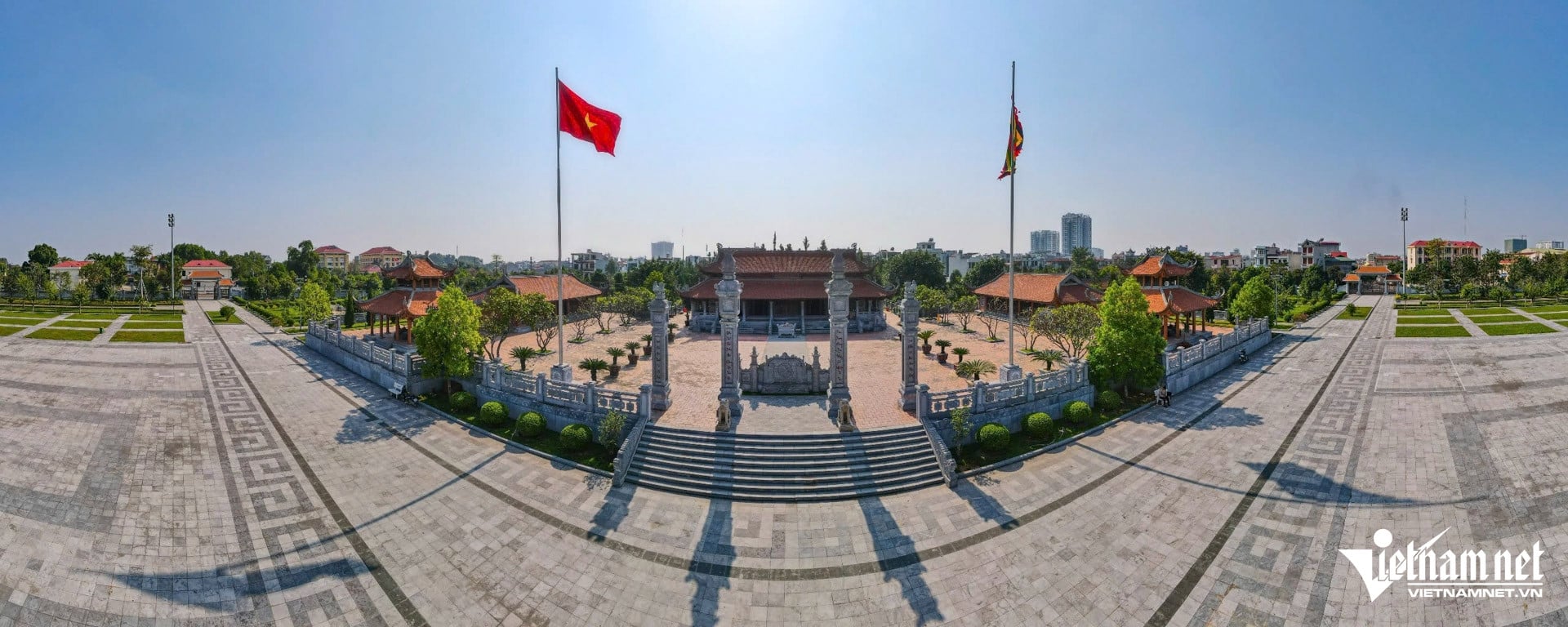











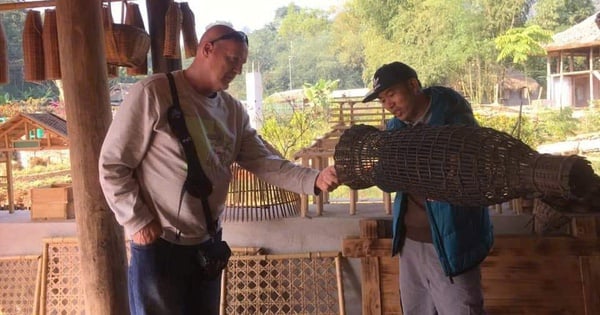
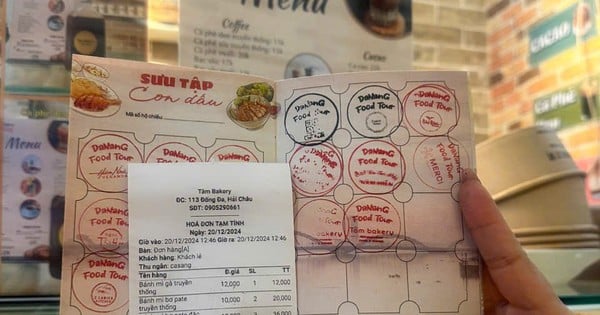
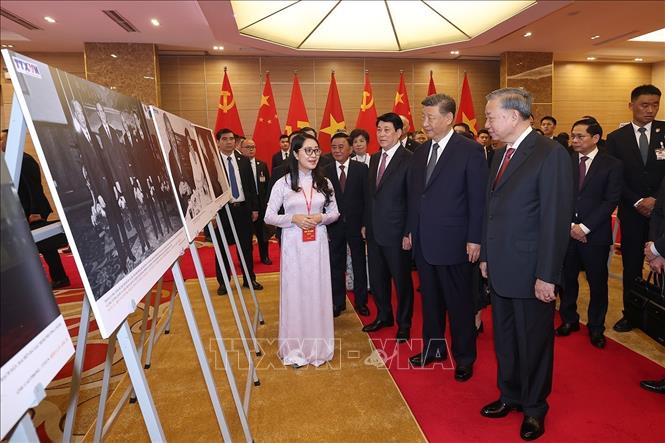







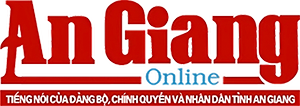
![[Photo] The capital of Binh Phuoc province enters the political season](https://vstatic.vietnam.vn/vietnam/resource/IMAGE/2025/4/16/c91c1540a5744f1a80970655929f4596)


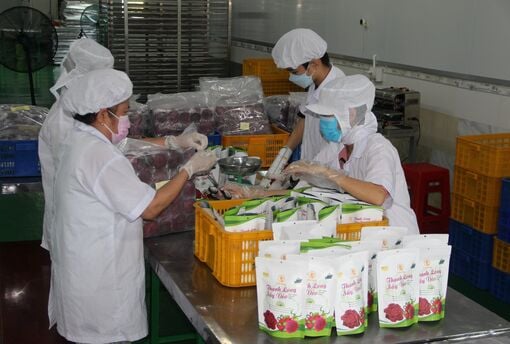

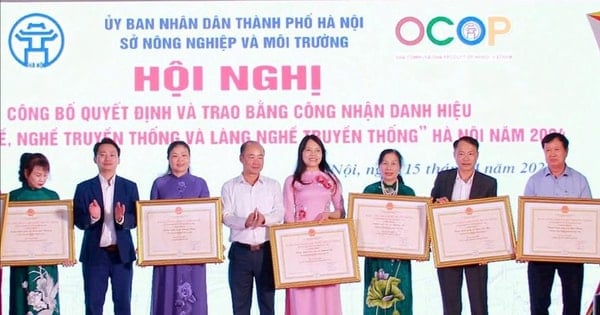

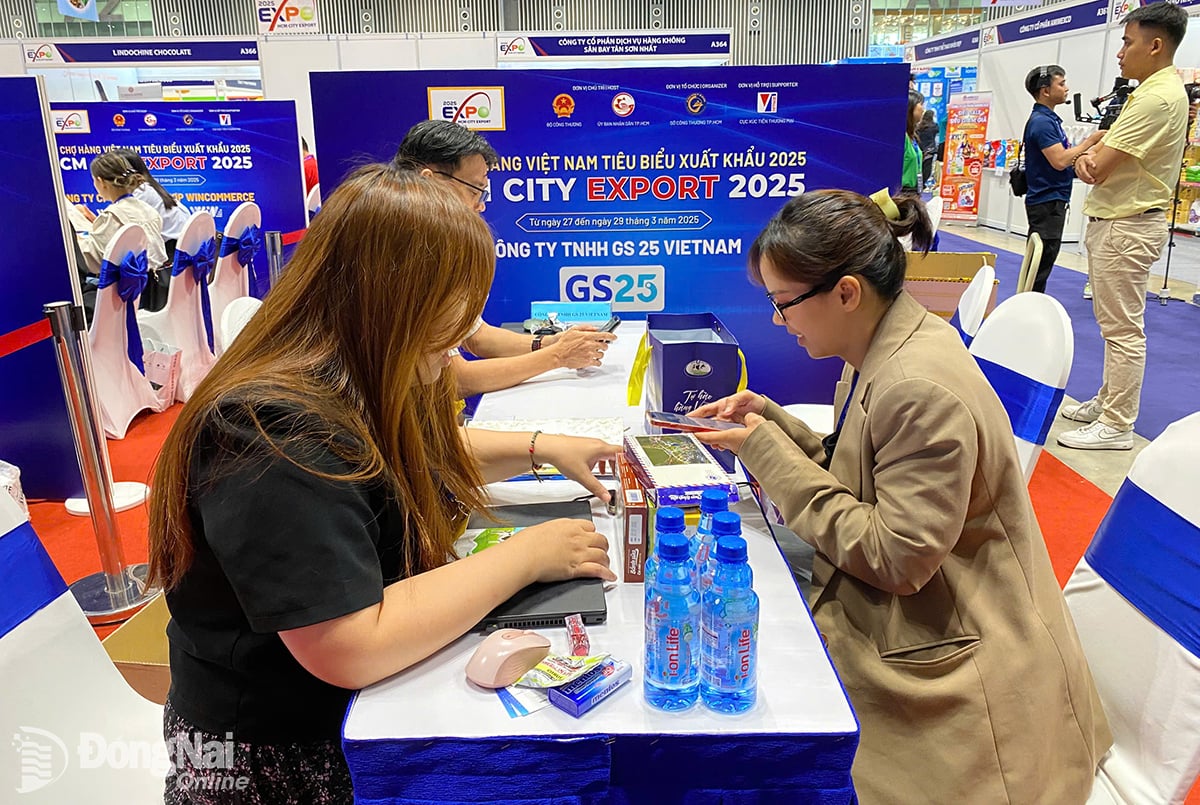

Comment (0)